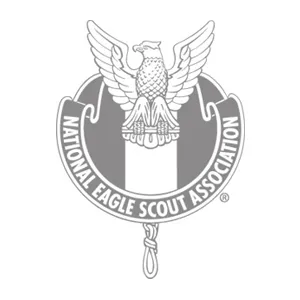What are Flexor Tendon and Finger Joint Injuries?

The tendons function somewhat like bicycle brake cables, running through a series of tunnel-like structures called tendon sheaths which keep the tendons in place along with the bones. The flexor tendons can be damaged if a deep cut is sustained on the palm or underside of the fingers. If the cut is deep enough, it can sever the tendon completely, making it impossible to bend your fingers or thumb.

Volar Plate Injuries most often affects athletes who participate in ball sports (such as basketball) and are caused by force on a hyperextended finger. Collateral Ligament Injuries most often occur in the PIP joint near the tip of the finger as a result of “jamming” the finger.
Symptoms of Flexor Tendon and Finger Joint Injuries
Symptoms of Flexor Tendon and Finger Joint Injuries include the following:
- Finger paint (especially when attempting to bend the finger)
- Swelling, deformity, and/or bruising of the finger
- An inability to bend the finger at the joint
- Tenderness along your finger on the palm side of your hand
- Fingertip numbness
Dr. Loredo’s Approach to Treating Flexor Tendon and Finger Joint Injuries

Flexor Tendon Injury
If the tendon is severed, it will not be able to heal on its own due to tension - the two ends will simply be too far apart to heal and surgery to rejoin the two ends will be necessary. If the tendon is only partially torn or cut, partial bending or movement of the finger may still be possible and more conservative, non-surgical methods may be used to treat the injury.
Finger Joint Injury
If the joint is stable and no fractures are present, the injury can likely be treated non-surgically using a splint. However, if the joint is unstable, Dr. Loredo may recommend surgery to re-stabilize the joint.
What Can I Expect After Surgery?
Dr. Loredo will typically place a protective splint on the affected finger(s) after surgery and will also recommend ongoing hand rehabilitation therapy. In some cases, the patient may be able to return to work after one week. Full recovery of the tendon can take up to 10 to 12 weeks.
Frequently Asked Questions
What causes a Flexor Tendon or Finger Joint Injury?
Deep cuts on the hands and fingers and certain sports activities are the most common ways to injure a flexor tendon or finger joint. Also, people who suffer from Rheumatoid Arthritis (RA) are often more susceptible to injury because the condition causes a weakening of the tendons. They may not even notice the problem until they are suddenly not able to bend their finger.
What is the recovery time like for a Flexor Tendon or Finger Joint Injury?
This completely depends on the severity of the injury. If the tendon is severed, then it will require surgical repair and healing time can take up to 10 to 12 weeks. For the most part, surgery will not be required if the tendon is only partially torn. The healing process can usually be managed through splinting and regular physical therapy. However, this should only be presented as an option if the extent of the injury has been fully assessed by a medical professional.
Will I have stiffness or soreness after recovery?
High rates of patient satisfaction and positive outcomes have been observed after flexor tendon surgery recovery. However, even with regular physical therapy, long-term stiffness is a possibility for some patients. If the stiffness becomes too severe, a second surgery to remove excess scar tissue may be required.
Contact the Loredo Hand Care Institute
If you are experiencing any of the symptoms associated with Flexor Tendon and Finger Joint Injuries or would like to learn more about our practice in the Dallas area, please contact us today to schedule an appointment or get your free insurance check.
